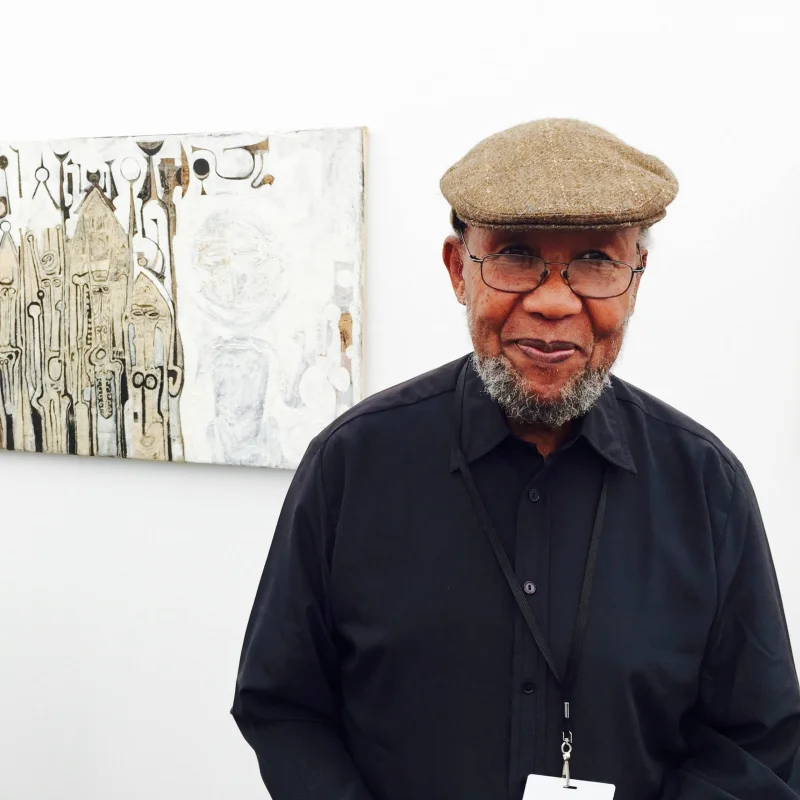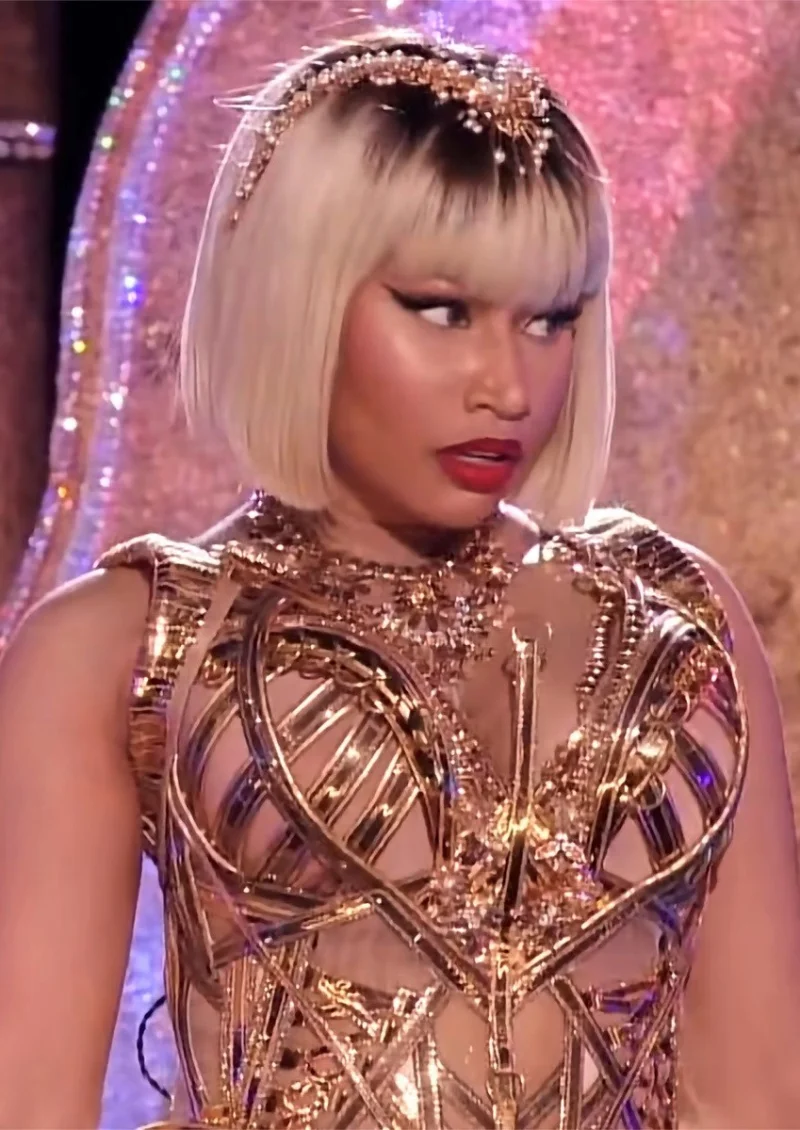Short Summary
Ibrahim El-Salahi is a celebrated Sudanese artist known for his influential role in modern African and Arab art. His work combines traditional African art forms with contemporary Western influences, creating a unique and distinctive style. El-Salahi's contributions have not only enriched the art world but also helped to bridge cultural gaps through visual storytelling. His innovative approach has earned him international acclaim and a pivotal place in the art history of the African continent.
Early Life & Education
Born in 1930 in Omdurman, Sudan, Ibrahim El-Salahi grew up in a culturally rich environment that greatly influenced his artistic journey. His father was a cleric, which exposed him early on to the beauty of Arabic calligraphy, a significant influence in his later work. El-Salahi pursued his formal education at the Gordon Memorial College in Sudan before receiving a scholarship to study at the prestigious Slade School of Fine Art in London. His time in London broadened his artistic perspectives, allowing him to explore Western art techniques and integrate them with his African roots.
Career Highlights
El-Salahi's career is marked by several significant milestones. After completing his studies in London, he returned to Sudan, where he became a key figure in the Khartoum School, a movement that sought to combine African and Arab traditions in modern art. In the 1960s, he served as the Assistant Cultural Attaché at the Sudanese Embassy in London, furthering cultural exchange between Sudan and the United Kingdom. His work has been exhibited in numerous prestigious venues, including the Tate Modern in London and the Museum of Modern Art in New York, solidifying his place as a pioneer in contemporary African art.
Major Achievements
- First African artist to have a retrospective at the Tate Modern, showcasing his comprehensive body of work.
- Recipient of the Prince Claus Award in 2001 for his exceptional contribution to culture and development.
- His paintings have been featured in major international exhibitions, promoting African art on a global stage.
Famous Quotes
- "Art has no boundaries. It is a universal language understood by everyone."
- "I paint from my consciousness and awareness of the world around me."
Interesting Facts
- El-Salahi was once imprisoned in Sudan for six months without charge, during which he sketched on whatever materials he could find.
- He is considered a pioneer of the modern art movement in Sudan, influencing many younger artists.
- El-Salahi's work often incorporates elements of Sudanese folklore and spirituality.
Legacy / Influence
Ibrahim El-Salahi's legacy lies in his groundbreaking fusion of African, Arab, and Western art forms. His innovative approach has inspired countless artists across the African continent and beyond, encouraging them to explore and integrate their cultural identities into their art. His works continue to be celebrated for their depth, complexity, and ability to transcend cultural barriers.
FAQ
Q: Why is Ibrahim El-Salahi famous?
A: He is renowned for his pioneering role in modern African and Arab art, combining traditional and contemporary influences.
Q: What was a significant challenge he faced?
A: He was imprisoned without charge in Sudan, yet continued to create art during this difficult time.
Q: Where has his work been exhibited?
A: His work has been showcased in prestigious venues like the Tate Modern in London and the Museum of Modern Art in New York.












